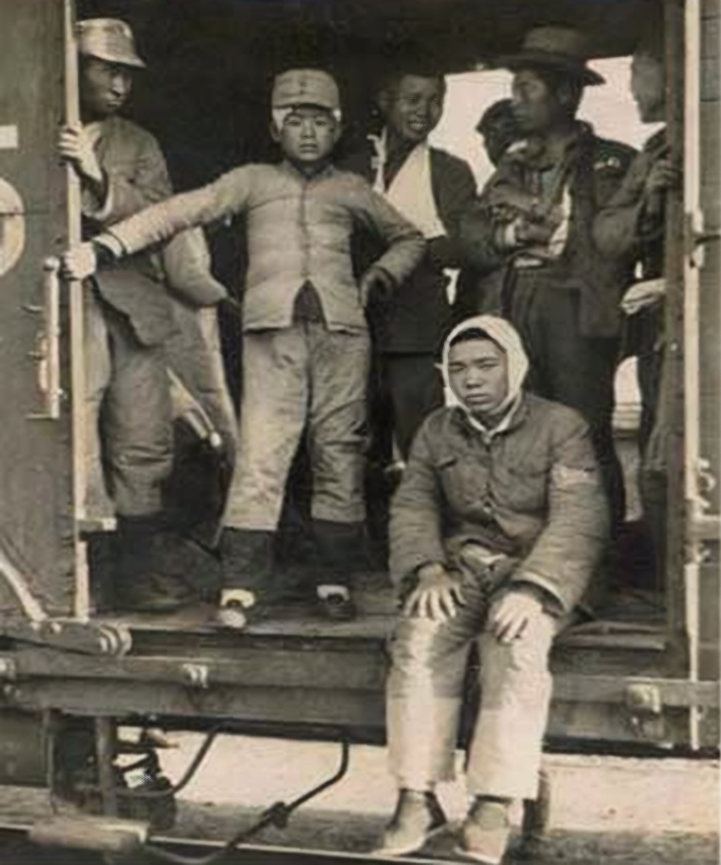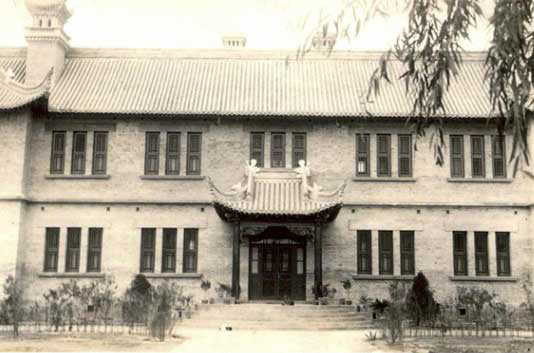
Autobiography
Sister Ronayne Gergen OSB
Sister Ronayne Gergen OSB
As the Japanese army closed in on Kaifeng, the whole univeristy packed up and retreated southward on foot with all the laboratory equipment and the whole library. Of course the Fathers and Sisters did not go. Instead we prepared for the fall of Kaifeng, first by helping to take care of 50,000 wounded soldiers on their way from the battle area to base hospitals in the south.

In our camp we had about 2000 woman and girls and small children who would not be safe when the Japanese took over the city. Since the United States was not yet in the war, we Americans hoped we could protect these refugees. Father Ildephonse, the oldest Benedictine priest in Kaifeng, together with Sister Annelda and I were in charge.
The few months of refugee camp work were desparately hard. The tramp of heavy boots and the imperious pounding on the gate filled us with dread. We had to open the door to groups of rough looking Japanese soldiers (all looked rough to us!) Some we could keep out with our large American flag and our white faces - all the whiter now with fear; but some pushed by us we could only follow along protesting and praying while the young girls scattered like flocks of frightened chickens to hide under beds and behind cupboards.

After the situation was stabilized and Kaifeng settled down under the army of occupation, we could go back to our mission work. We opened a poor school for a couple of hundred children who were too poor and ragged to attend a regular school. I had charge and enjoyed the lively children. During this time, we built our own convent, the first we had been able to construct in all our years in China. Of course we did not know it then, but we were to enjoy our beautiful home for only a year and three months of freedom, and then more than two years of house arrest until we were taken to the concentration camp in Shantung for five months and then on to Peiping until the end of the 2nd World War.
